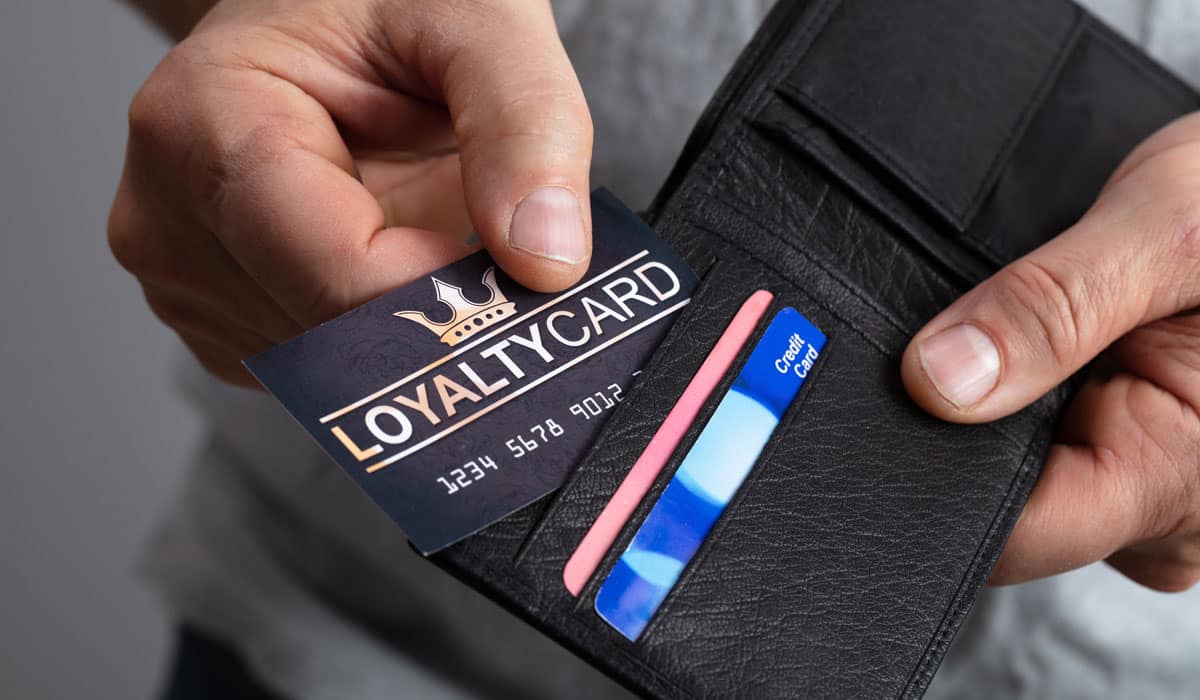For restaurants, a generalized national worker shortage amid demands for more pay is dampening what may otherwise have been a booming return to in-person dining. It’s just the latest challenge along a long and bumpy road for foodservice in the last year and a half.
But there is a silver lining: while labor pools showcase one of the main ways the pandemic is not over, soaring demand for in-person dining showcases one of the main ways it is. And with that surging demand, regardless of staffing, comes the opportunity to capitalize.
Nowhere is this truer than in the use of digital tools.
In a rush to survive the pandemic, restaurants adopted digital tools at an incredible rate. They learned delivery programs and curbside pickup, to-go and third party. And now that we’ve arrived in this first summer of a post-pandemic economy, with its rich consumer demand, the time has come to turn those tools from the defensive positions we fortified to keep our restaurants alive during COVID and retool them as offensive weapons built to expand our share of revenue.
So how do we reimagine our digital stacks for the future? By starting to think (and behave) more like e-commerce companies.
If there’s one thing that 21st-century e-commerce brands have figured out—that restaurant brands by and large have not—it’s how to use the right mix of digital channels and consumer data to attract and retain customers.
For restaurant brands, that starts with connecting the who of your customer to the what of their purchasing, which is exactly where loyalty programs come in.
With the right loyalty programs in place, connecting individuals and devices to orders across delivery, mobile app orders, online orders, and even in-store are easy.
And when you understand each purchase a customer has made, you can begin to study those tried-and-true e-commerce metrics: what is the customer’s lifetime value? What was the cost of acquiring the customer? What effect do experimental new programs like push notifications or curbside pickup have on the customer’s behavior patterns?
All of this is enabled by list segmentation and data science and is available to restaurant brands around the world today. The ideas shaping the next iteration at the intersection of data and consumer experience in restaurant brands are even more interesting.
Loyalty, if done right, is supposed to be seamless. It’s a given that customers should be able to access and use their points easily. But extend the concept of “knowing your customer” and “seamless” to the next level. Imagine your guest walking into the restaurant and being greeted by the staff with “Welcome back, Hope! Can we get started on your favorite order? Or should we order to go for the whole family today?”
It’s a hospitality capability that loyalty programs already make possible in mobile experiences. For example, a well-built ordering app knows its customer by name, location, and order history. So, what’s stopping a brand from seamlessly integrating that same knowledge into the in-store experience?
Another example of using the existing mobile data to inform in-store experiences: add-ons.
On a mobile app, it’s easy for a brand to look at an entrée or a combo and learn what the most likely add-ons will be from basic consumer behavior. “60 percent of fish and chip customers who also order coleslaw upgrade from water to tea.” Using that knowledge in consumer behavior, it seems like a logical next step to retrain in-store systems to know and add common customization simply prompts, and not a far leap to associate individual customization habits with order via loyalty history.
This mobile-first loyalty-driven intelligence can benefit the store in unexpected ways, too. For example, push notifications can incentivize guests to come on slower days or during non-peak hours. And discounts can be used to add value in places where margins are highest or where supplies are nearest to reorder.
No matter how you use the data living in your digital systems, the end game is clear: use it to know your guests better. To better anticipate their needs. To make family orders easy on a Friday night and business lunches seamless on Tuesday afternoon. With that, you can take the tools you adopted to survive the pandemic and turn them towards the future.
Hope Neiman is the Chief Marketing Officer of Tillster, a leading global player in the burgeoning restaurant technology space. Hope and her team drive outcomes by combining data and technology to expand sales and increase consumer engagement in a measurable way. Through Hope’s marketing expertise and brand vision, Tillster grew from a kiosk company into a best-in-class, metric rich engagement and ordering solutions provider for multi-unit national and international restaurant brands.











